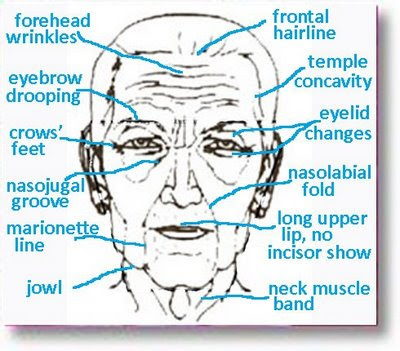Please tweet and retweet
Tweet
As described in my previous blog Free Fat Grafting grafts of small pieces of fat removed from one area of the body and placed in another area was first attempted in the late 1800s and early 1900s. In 1893, German physician Franz Neuber grafted a piece of upper arm fat to a patient’s cheek. Two years later, in 1895, another German physician, Dr. Karl Czerny, performed the first documented breast augmentation when he grafted a fatty tumor from a patient’s lower back to repair a breast defect. With the introduction of liposuction in the 1980s the available donor source for fat injections rapidly increased. Although a minority of plastic surgeons currently inject fat into the breast to enlarge them for cosmetic reasons the tide is changing. In 1987 the American Society of Plastic Surgeons advised against fat injections into the breast due to concerns that it affected breast cancer detection and the survival rate of injected fat was unreliable. That opinion was reversed in 2008 in the face of increasing evidence that cancer detection and cancer rates themselves were not affected by the procedure. Now the flood gates have opened and everyone even non-plastic surgeons want to inject fat into the breasts.
